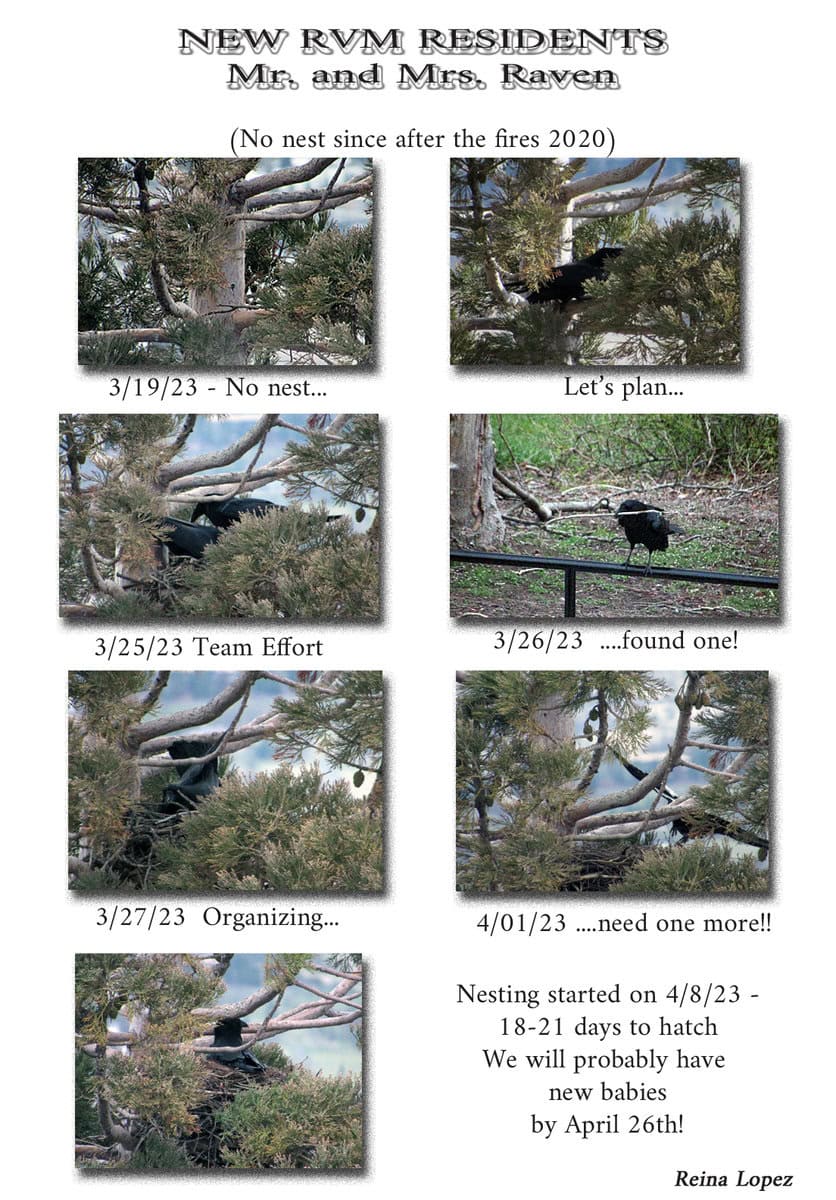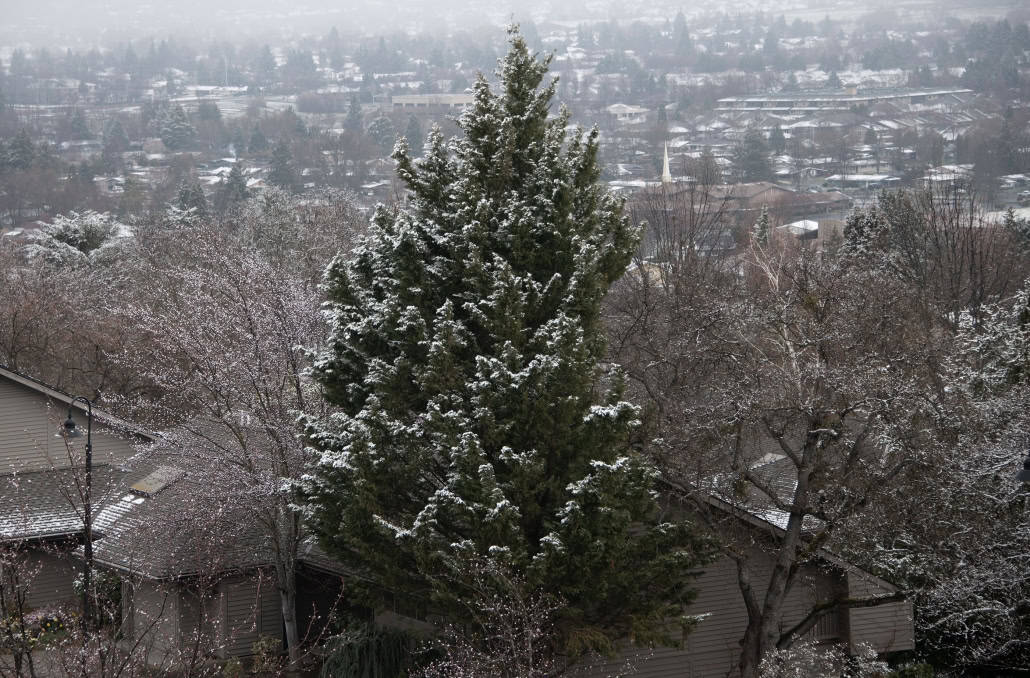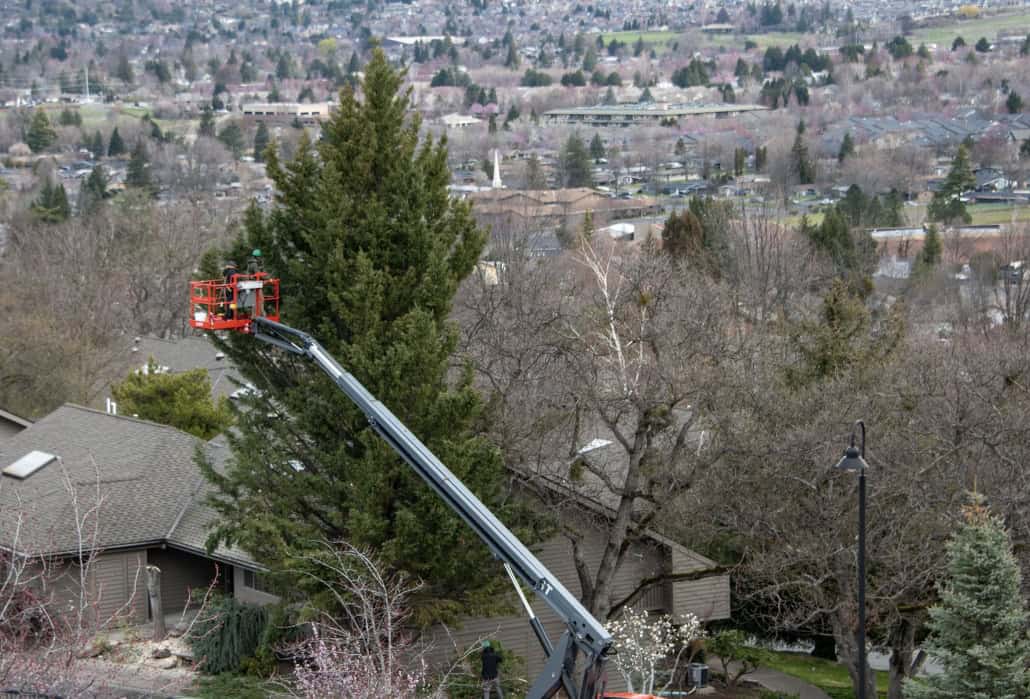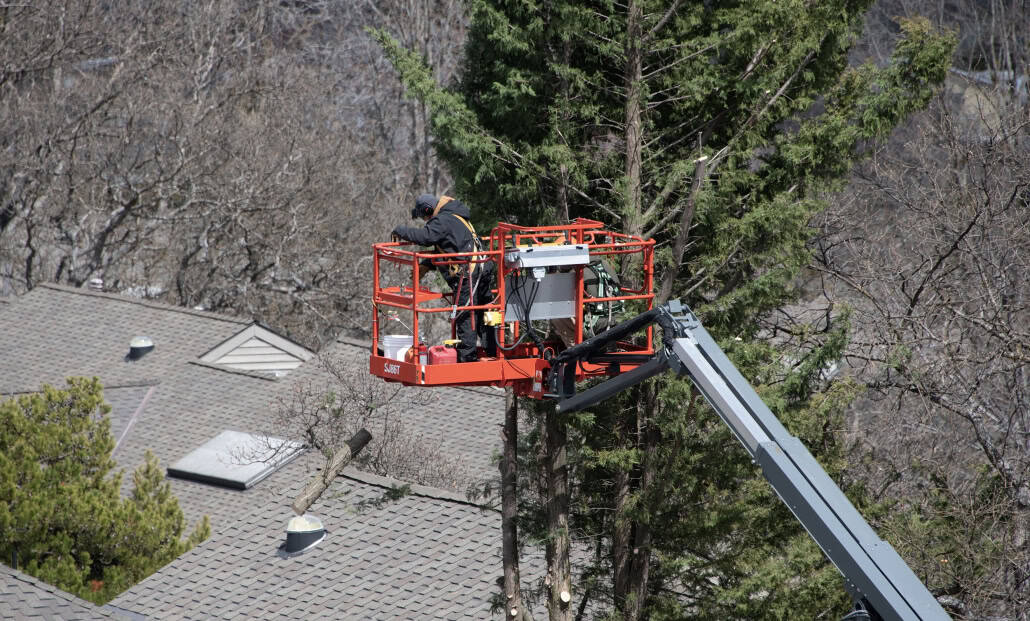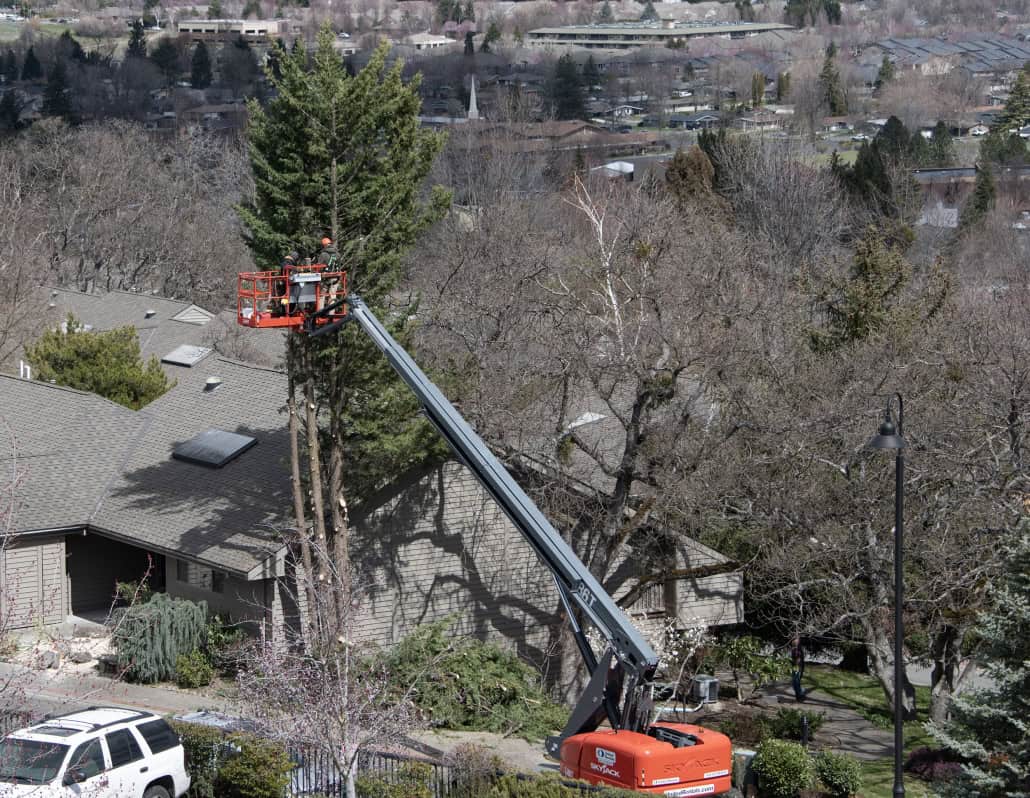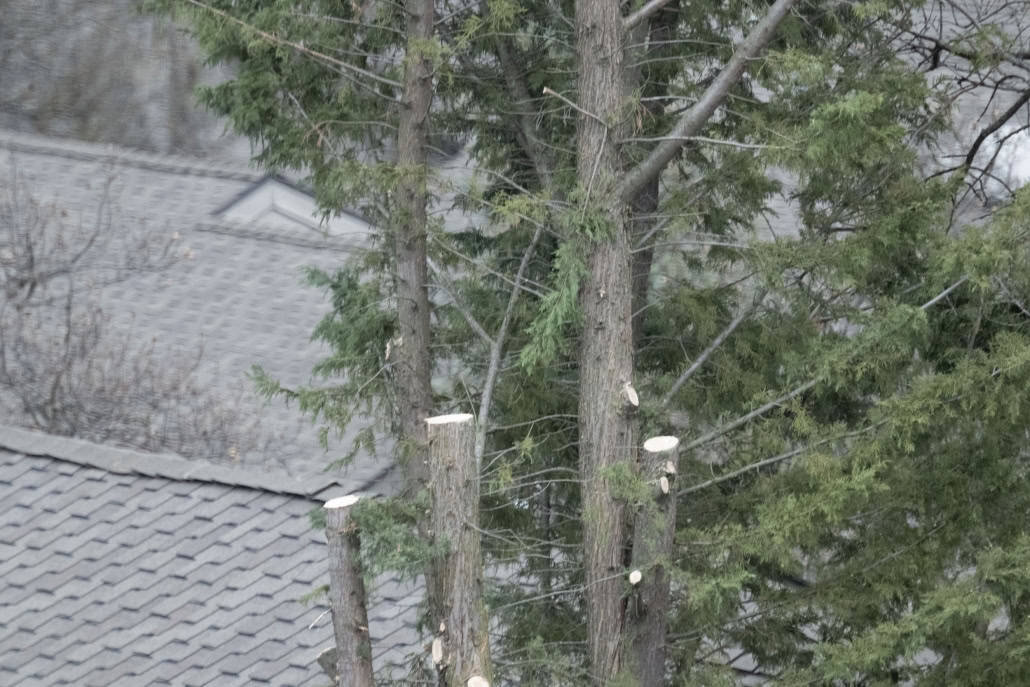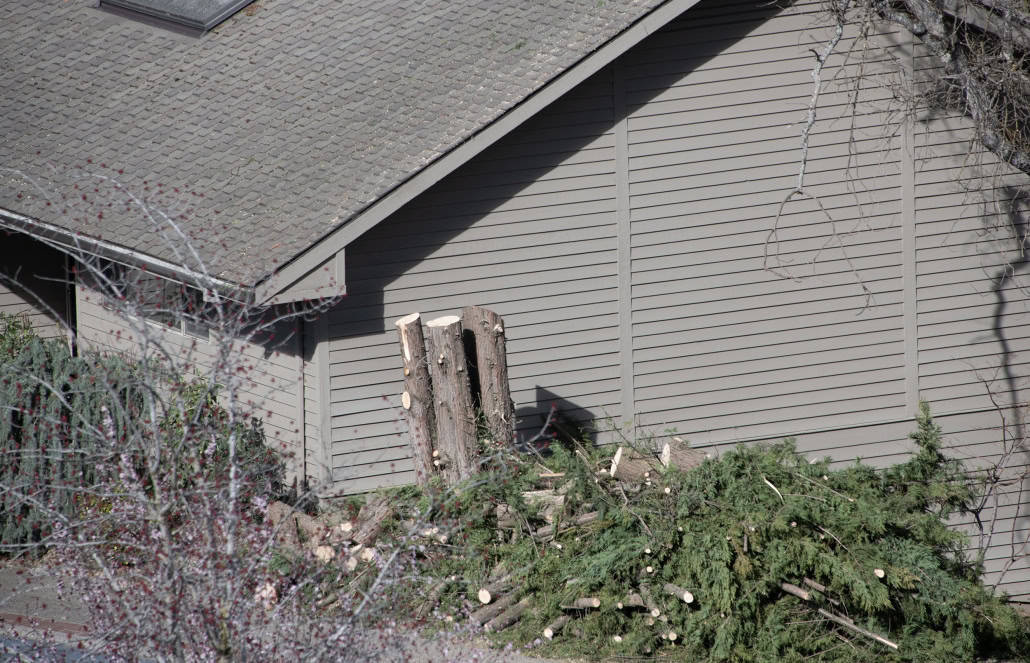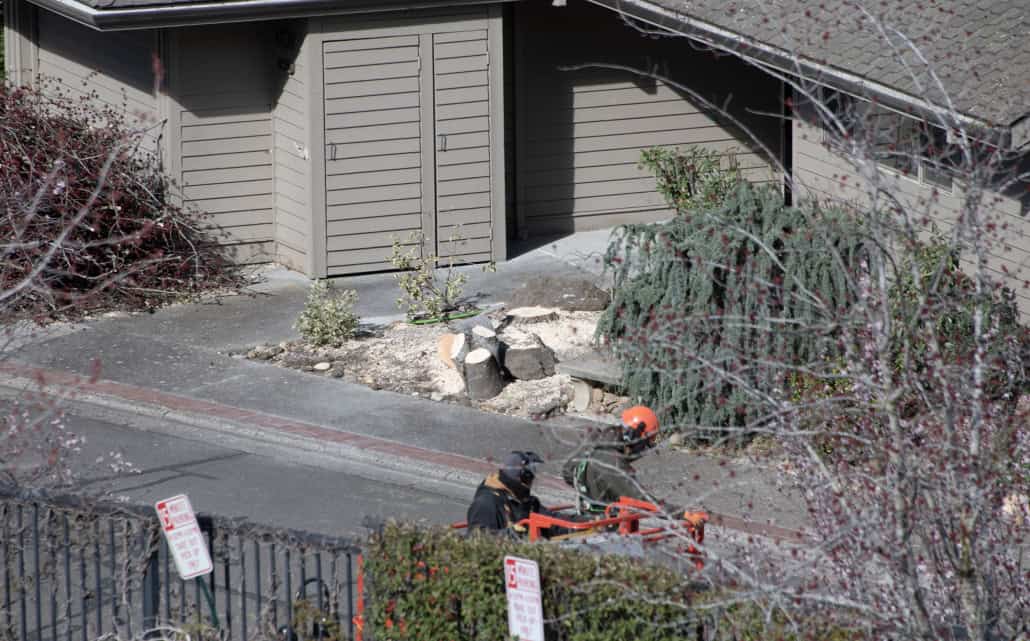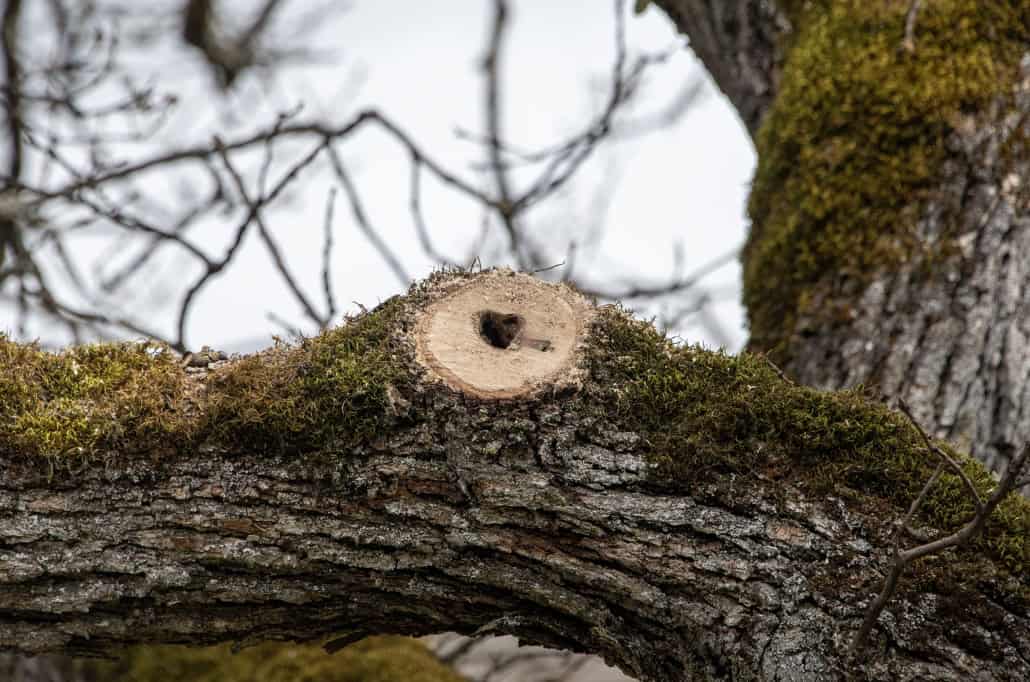by Bob Buddemeier
Part I – well begun is half done, or vice versa
Last November I decided it was time to move. My wife had died, I had given up driving, I was having physical problems that reduced mobility, and the cats and I were rattling around in the cottage at the bottom of the hill. The convenience of the Manor had started looking pretty good – the independent part of independent living is relative.
The only problem: I am a SMAL (Single Male At Large), lacking much of the domestic expertise needed for moving a household. However, I could feel myself moving into the quicksand phase of residence selection: the longer you stay where you are, the harder it is to get out.
Step one is figuring out where to start. I knew that Erin Marsh (Marketing) was the Transfer Coordinator, so I threw myself on her mercy. Fortunately her mercy recovered quickly, and after explaining how the system works (HINT: start here, and pay attention) she found me quite a nice apartment. She actually found two, but somebody with more seniority beat me to the first one.
Good news/Bad news — the apartment was due for a renovation, so I could get what I wanted in décor (the good news) by the simple expedient of making some decisions and waiting several months (the bad news).
So, after demonstrating financial solvency and signing a few bits of paper, I found myself in the showroom with Irene (Renovations), picking out paint, tile, floorboards, countertops, cabinetry, hardware, etc. etc. HINT: If you are a SMAL or anything similar, I recommend that you find some tasteful and decisive person to go along as an advisor. And pay attention.
Part 2 – Optimistic waiting
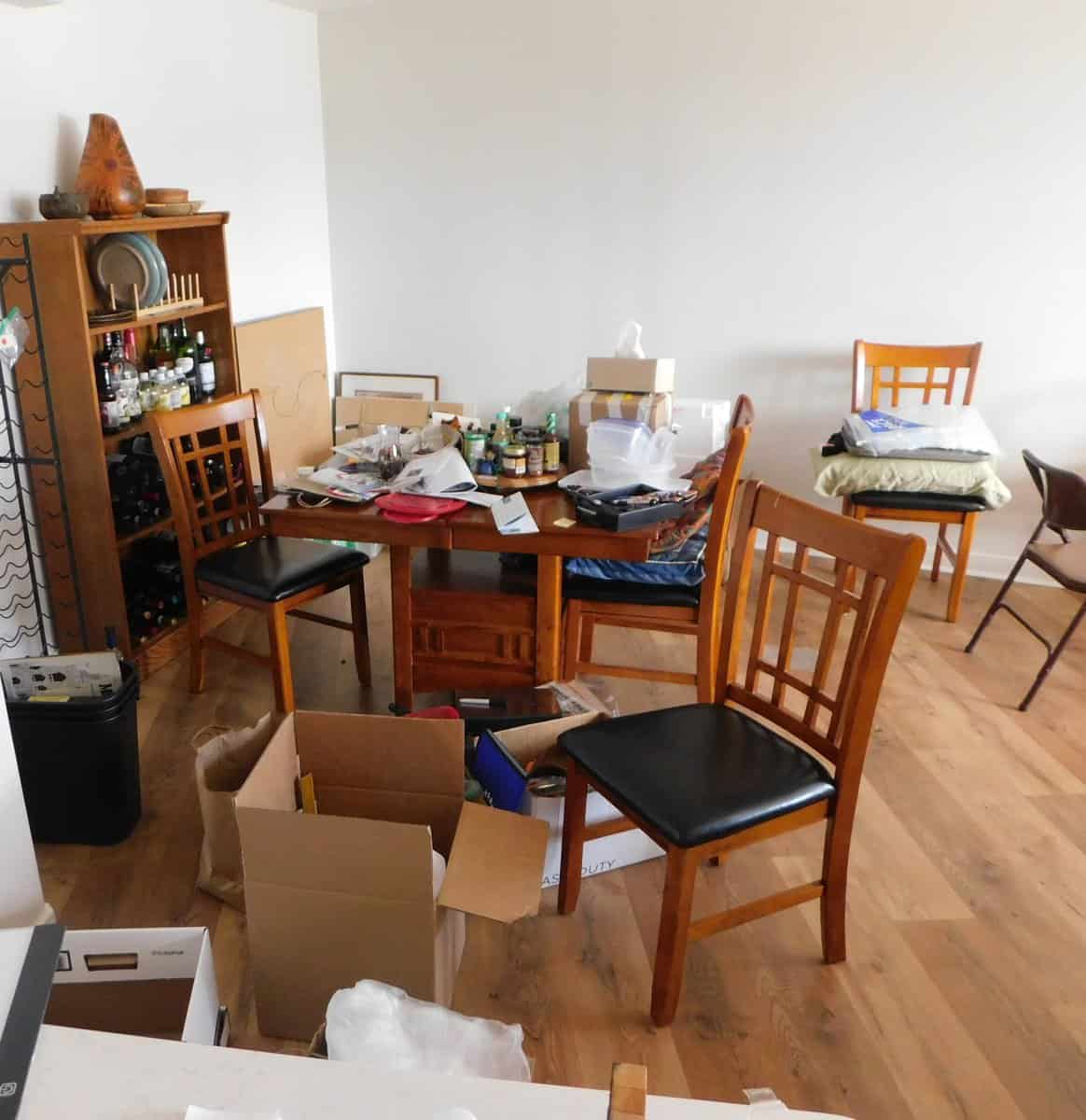
Post-move decor, dining area
Around the first of the year the actual renovation got started, with a “firm” completion date in late March. I had three months to get ready to move from 1420 square feet plus garage to 970 square feet plus a 4’x4’x10’ “chicken coop” in the resident storage area – piece of cake, right? Well, not really.
Downsizing to come to RVM was challenging, but why should a shorter move with less stuff be a problem? (1) you are older and probably less vigorous in mind and body. (2) you probably got rid of all of the easy discards on the first move. (3) you may have separation anxiety, about your lifestyle as well as about your residence. BIG HINT: you need help. Admit it, get it, and get on with it.
I am fortunate to have a daughter who is loving, supportive, and a serious butt-kicker. If you don’t have one, it’s late to get started, but there are substitutes – I hired a personal assistant, got some home care to look after me, and engaged a moving company that specializes in moving seniors, including packing everything, supervising the transfer, and unpacking in the new location.
And you probably have friends you haven’t used yet. They can work wonders. My daughter lives in CA and travels a lot, so I was fortunate to have a local deputy shepherdess and some ancillary sheep dogs who did quite a good job of herding an old goat.
The last month or so of sorting and packing was accompanied by a near-constant litany of questions from my advisors: “WHAT are you going to do with that?” “What are you going to DO with that?” “What are you going to do with THAT?” The obvious answer – take it with me and throw it away later – has limited viability.
BIG HINT TO THE COMMUNITY AT LARGE: Help with the quicksand extraction process could be a prime target for a Residents Helping Residents organization or something analogous.
Part 3 – Endgame
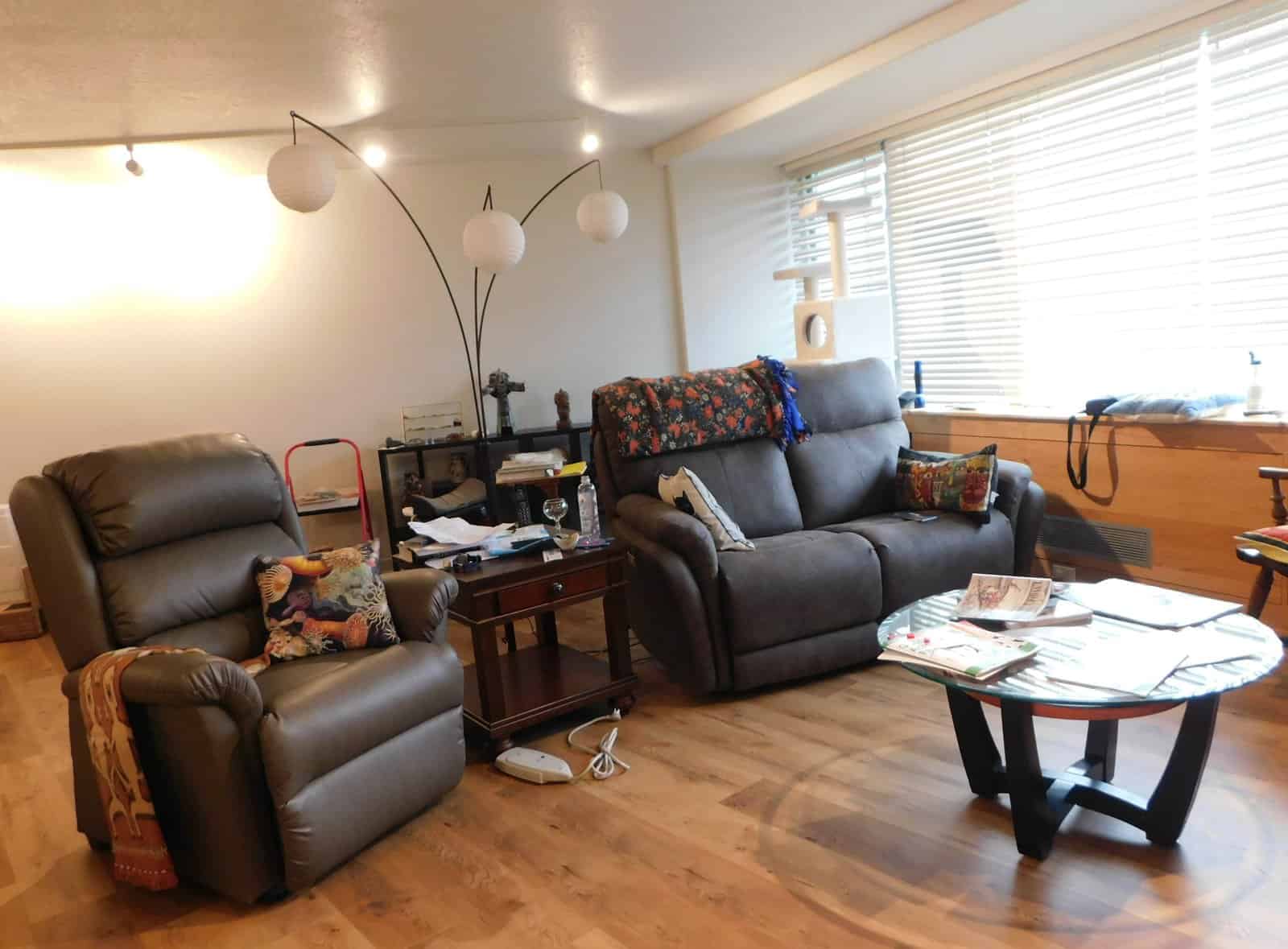
The relatively well-appointed living room
When things start going wrong, you know you’re getting close. I had two postponements of the renovation completion date. The first move-in postponement was perversely welcome, because it cleared the calendar for some long-awaited brain (well, head) surgery. After a quick recovery, the second postponement threatened to take me past the last availability of the movers. However, Erin was also displeased with the delay, and performed some sort of magic that moved the goal posts back in place. When the going gets tough, the tough get going – HINT: your staff support is a critical resource; use it wisely.
Just a week before M-day I came down with an infection that resulted in a hospital overnight and serious fatigue thereafter. Dispelling any thoughts of independence, the Deputy Shepherdess maneuvered around the movers, and got me and the cats successfully transferred (in spite of spending most of a day in crates, the cats seemed calmer and less exhausted than I was).
At first, I experienced a tremendous sense of relief and accomplishment. Then it dawned on me that there was only a week in which to get the cottage cleared out or start paying double fees. Enter the auxiliary sheepdogs, whose perceptiveness and energy made it possible to get out on schedule. Of course, the fact that I retained my golf cart garage took a little of the urgency off that final downsize.
So here I am, relieved and happy to be dealing with the administrivia of moving (schedule and address changes, finding stuff that you know you have somewhere, etc.).
FINAL GIANT HINT #1: If you think it might be time to consider moving to an apartment, you can be sure it’s later than you think. Don’t hesitate; the quicksand won’t wait.
FINAL GIANT HINT #2: Get help! Advice and information as well as physical help. Staff help, resident help, volunteer help, paid help – don’t cut corners unnecessarily; your physical and mental health, or what remains of it, is more important than hoarding resources, and you put both at risk by staying too long in the same place or by carrying out a botched move.


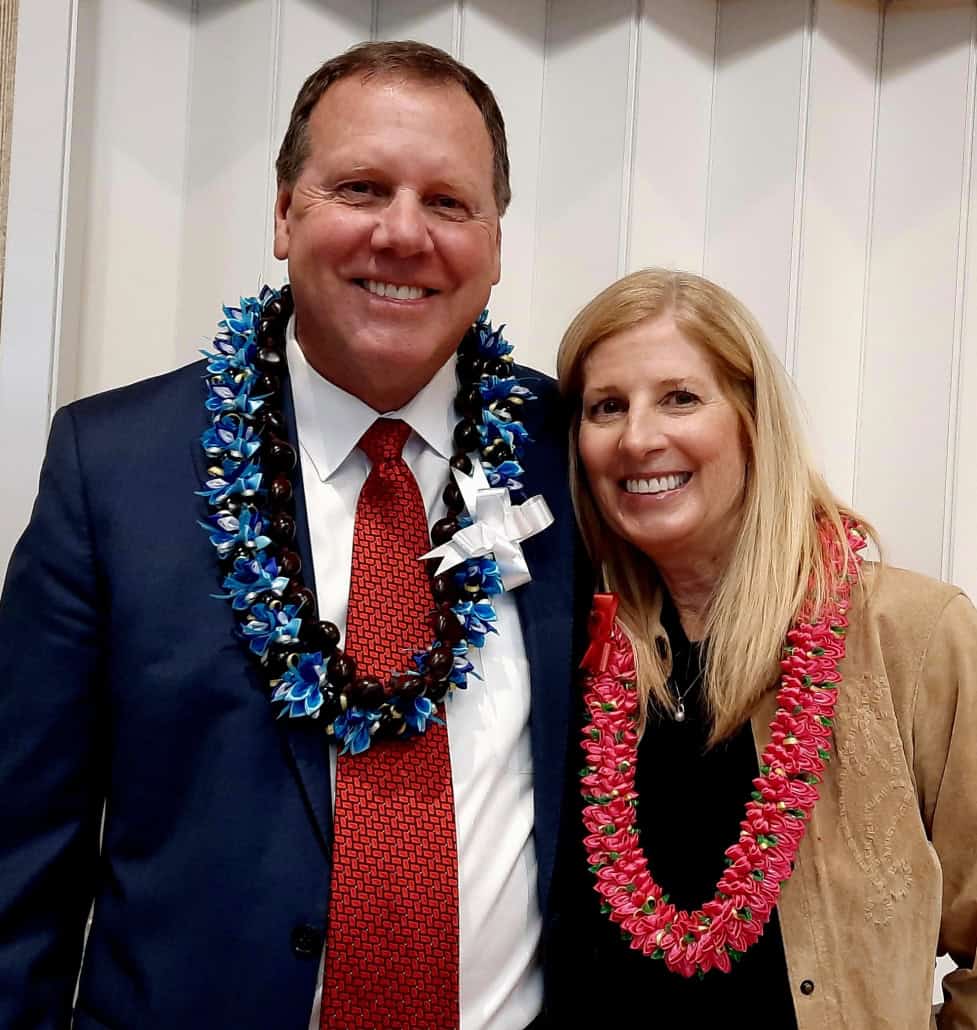
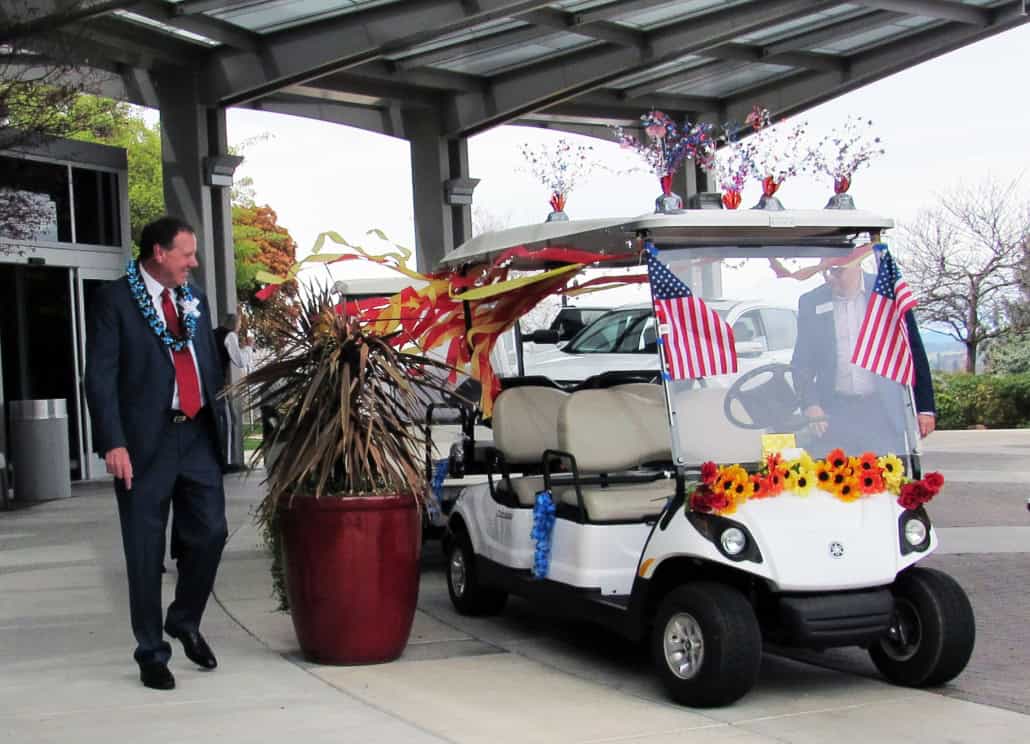




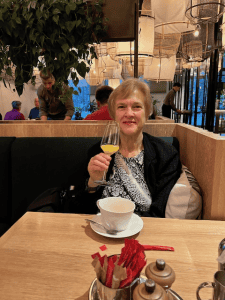
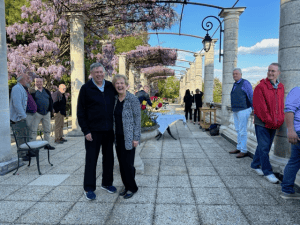


 The reasons for this are several, primarily: very few folks can begin to afford retirement in Hawaii
The reasons for this are several, primarily: very few folks can begin to afford retirement in Hawaii Gotta wear shoes, you know
Gotta wear shoes, you know
